By Michael Tate, NERC Reliability Specialist
It is no secret that Generators are falling under a microscope with Reliability Entities. This is primarily due to the scrutiny that Transmission undergoes when it comes to facility ratings. As we discussed in the last issue where the facility rating standards originated, why they are important for IROL Calculation and the impact a Nameplate Walkabout can have, this time we will dive a little farther.
While the ratings alone can lead auditors down a rabbit hole of questions, the Ratings Methodology can do the same. In the very beginning of the standard in 2007, it was extremely commonplace for Generators to use only Generator Capability Test as the only evidence for their FAC-008, R1 and R2. This led to many violations, fines and auditors carefully looking at the methodology that was used for rating determination to ensure the facility in question. At the time, many generators did not understand that the capability test did not provide the rating documentation of the full scope of components that FAC-008 covered. Luckily, the NERC standard now allows for a Facility to utilize everything from the component nameplates to properly documented engineering analysis. The only catch? You must list the methodology used per individual component. For example, should you have three Current Transformers in series, all with the same rating, however the One-line only displays the rating for one of them, then you should have one Methodology as “Engineering Analysis” for One CT and “Nameplate Rating” for the last two CTs. The higher the detail you implement into your analysis the less scrutinous an auditor can be.
While currently a topic of debate for some regions, MVA is and will always be the primary units of topic for your Regional Transmission Operator. The usage of Megavolt-Amps stems from the primary rating of all Transformers in the Bulk Electric System since the very beginning. However, it is the perfect encapsulate of Real and Reactive power in a single unit. Therefore, should your facility be using anything other than MVA, not only will it be the auditors you will have to worry about but the Transmission Owners, Operators and Balancing Authorities that will call your facility into question. This is their primary way to ensure they fully understand the limits of the grid the operate therefore providing a rating in Amperes only would be a disservice to you and the Transmission sector.
While the most diligent compliance managers can be on top of every NERC item that comes their way, often much is forgotten about when those responsibilities are transferred to someone else. Whether the Change Management process is from Plant Manager to Plant Engineer or Ex-GOP to New GOP, the process should remain the same for FAC-008. This is why every Generator should implement a “Change Management Nameplate Walkabout”, in which both the outgoing and incoming parties conduct a manual inspection of all components applicable to FAC-008-3, analyze the methodology used and come to a understanding of what their limits are as a facility. Of course, the best way to document this is with revision history and some sort of change management documentation in which both incoming and outgoing parties sign off on the inspection.
In my NERC Travels I often get questions on FAC-008 and how best to approach it. Below is a list of the top 3 questions I have received in my years dealing with the standards.
FAQs-008
Q: How do RTOs and REs know what our Facility Ratings should be?
A: Upon registration with NERC, all generation facilities are required to submit a copy of their One-Line diagram and Asset Verification Form. Both items contain MVA information that can bring about a line of questioning, not to mention internal calculation and verification from the REs. The RTOs gain the information from the FAC-001, where in the original study of your Generation Facility, the RTO has considered your Facility Ratings from your One-Line Diagram.
Q: What if I find a miscalculation in my facility Ratings?
A: Whether the difference is 1 MVA to 1000 MVA, it is okay to revise your ratings at any time and no notice is needed as long it is not the Most Limiting Factor of the Facility. Should the rating of your most Limiting Factor change because of a compliance review and you exceeded that component’s rating, then it is best to contact the REs in the form of a self-report. Within the mitigation plan, should be plans on integration of a quarterly to annual review schedule for FAC-008 that will include physical verification of all nameplates in the facility.
Q: The MVA Rating is not found on the one-line or nameplate. What is the proper Calculation for Determination of facility ratings?
A: [(Volts X Amps X √3)/1,000,000] should suffice for all component calculations.
It is true that all the NERC Standards require your undivided attention, however there are a few out there that will always be top priority. The irony is that the topmost violated standards are still the same standard that could have prevented the NYC Blackout in 2005. But, as you get to know standard such as FAC-008 more closely, the better you will be in tune with your facility and thus the Bulk Electric System itself.











